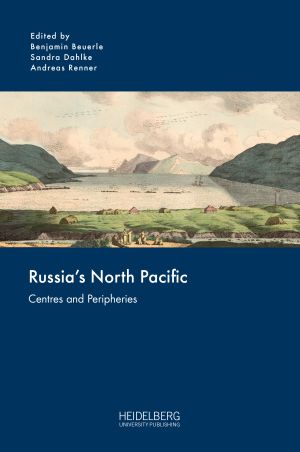Zitationsvorschlag
Lizenz (Kapitel)

Dieses Werk steht unter der Lizenz Creative Commons Namensnennung - Weitergabe unter gleichen Bedingungen 4.0 International.
Identifier (Buch)
Veröffentlicht
4 International Fisheries Conflicts in the Bering Sea in the First Half of the Twentieth Century: Soviet-US-Japan Triangle Relationship
Abstract In the early 1930s, both coastal and offshore Japanese fisheries in Kamchatka caused strong tensions between Japan and Soviet authorities. Japanese salmon fishery companies then turned their attention to the East Bering Sea near Alaska. The Japanese government operated its experimental salmon fishery in the international waters of Bristol Bay in Alaska in 1936–1937. The operation immediately triggered massive protests from the US side. Even though the Japanese government was seriously concerned about the situation, Japan could not step back easily, as a compromise with the USA would weaken Japan’s position in its negotiations on a new fishery treaty with the USSR. By examining several conflicts concerning the Bering Sea between Japan, the USSR, and the USA, we come to a fuller understanding of the rivalry between Japan and Russia regarding fisheries in Russian Far East waters in the 1930s.






